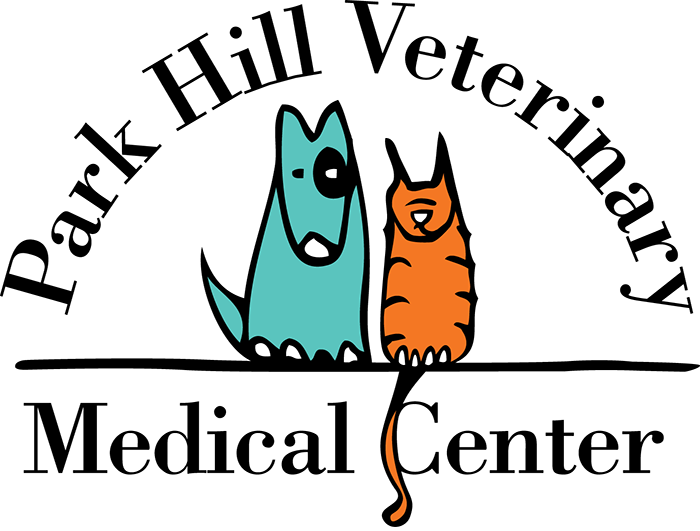Did you see that really embarrassing news story a few weeks ago? That the skinniest states, including Colorado, have some of the fattest pets!
While we are lucky and mostly healthier to live in the Mile High City, it looks like we are doing a huge disservice to our furry family members. Denver came in as one of the top five cities for overweight cats and dogs.
The facts are in from the recent Banfield Applied Research and Knowledge (BARK) report, hard data gathered and analyzed annually from the national Banfield Pet Hospital’s large database of canine and feline patients. Pets categorized as overweight and obese have increased by 90 percent for cats and 37 percent for dogs. That means one in four Colorado pets is either overweight or obese – that’s too many.
So how is your fluffy cat or canine companion doing on the fat scale? Can you feel some landmarks such as ribs or hip bones? Or is there a waddle of fat swinging away under kitty or a rather round appearance with no waist to the dog?
It’s always a slightly difficult conversation to have about a pet’s weight issue because much of our shown love for our pets comes in the form of treats and food – what’s one more treat, a few more kibbles or an extra rawhide chew. And, we already know that humans are pretty poor at judging portion size for themselves and we are much further off for our pets. Here’s a visual for you: one cubic inch of cheddar cheese equals 28% of an eleven pound cat’s daily calorie requirements or the equivalent of an 540 calorie double cheeseburger for a human on a 2000 calorie/day diet.
And, what does that extra weight do for our pets? Nothing except to set them up for potential health issues over time. These health risks include:
- Development of arthritis at an earlier age – the heavier the pet, the harder it is on the joints over time.
- Increased risk of developing cancer – human research is showing that the metabolic action of fat cells and their cellular products have a likely impact on the development of many types of cancers either through increasing inflammation or by suppressing particular gene activities that suppress the development of particular types of cancer.
- Increased risk of developing Diabetes mellitus – obese cats have a four times higher risk of developing diabetes than normal weight cats
- Increased non-allergy related skin disease – folds of fat trap moisture and allow the normal skin bacterial to overgrow and create infection.
- Decreased longevity – animals that stay within healthier weights live almost two years longer than their obese counterparts.
The axiom “once on the lips, always on the hips” applies. How can you help your pet to lose weight? Tune in next issue for our version of The Pet Biggest Loser and call your veterinarian to formulate an individualized plan for weight loss for your cat or dog.
